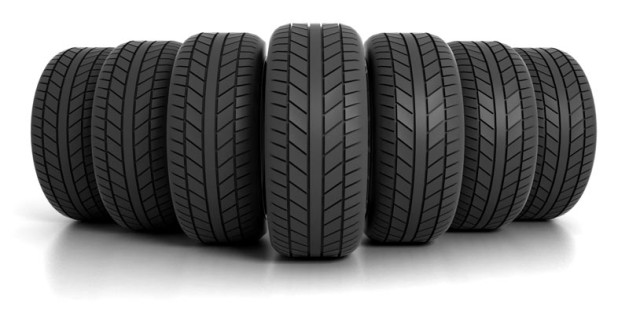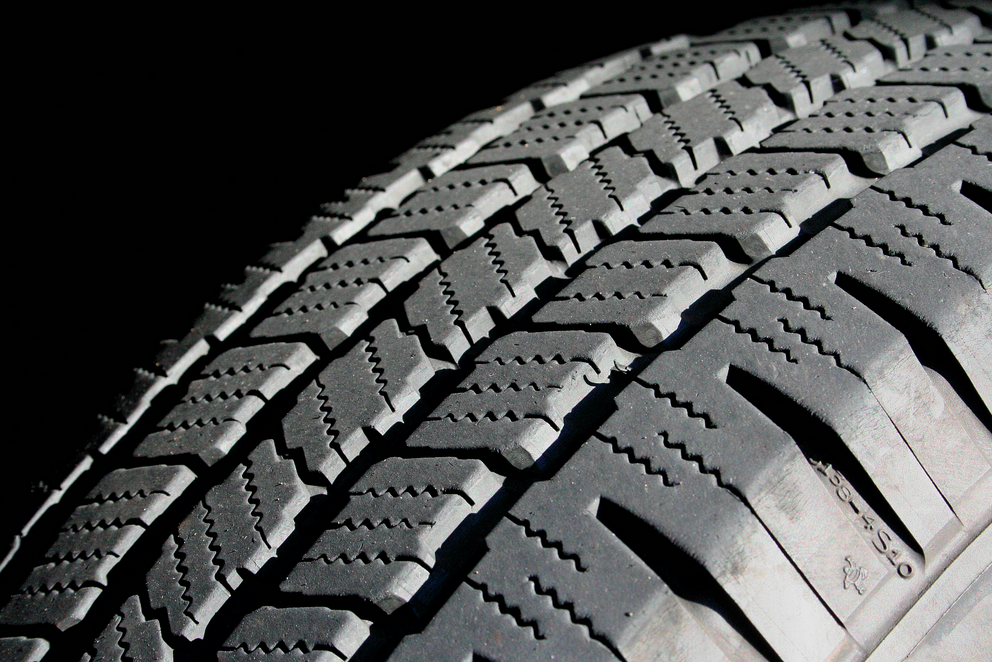
Routine car maintenance can be pricey. There’s a fine line to walk between wanting to proactively maintain your vehicle with frequent maintenance, and between wasting money by doing too much, too often. Changing tires is one of these maintenance routines that remains a little unclear as far as frequency. How often should you change your tires?
What Does the Manufacturer Say?
Most people forget that the manufacturer usually has an opinion regarding matters of routine maintenance. Why? They don’t make too much of an effort to market good practices beyond the time you make your purchase because it’s not really beneficial for them financially. The dominant voices in the market is that of the maintenance shops, motor oil companies, and tire manufacturers. Of course, these fine folks would like your business as much as possible, which is why you can usually assume some cushion in their recommendation. Before you purchase a new set of tires based on their recommendation, do a little research to determine what the maker of the car say recommends.
Go by Miles, Not Time
Once you determine what’s appropriate based on the manufacturer’s recommendation, look at the recommendations for the different tire brands you’re interested in, taking into consideration that most tires are good for about 40,000 miles. Avoid changing tires based on time recommendations as this often will lead you to either waste money on tires that you don’t need, or potentially driving on dangerous tires.
Factor in Driving Conditions
The 40,000 mile average life per tire is only good for certain conditions. If you find yourself off-roading a lot, in colder temperatures throughout the year, or driving rough road more often than not, your tires probably won’t make it that long. When determining how often you should change your tires, always factor in your usual driving conditions.
Pay Attention to Tread
Above all else, pay attention to your tread. Make sure it wears evenly, which will happen as you get routine (quarterly) tire rotations. If all is even, you’ll want to swap out your tires for new ones once it wears thinner than 1/16 of an inch (for normal driving conditions. Measure this by taking a penny, and putting the penny between the tread. If you can still see Lincoln’s entire head without any tread blocking, your tires are too warn and it’s time to replace them.
While there may not be an exact science or number regarding the appropriate amount of time to wait between tire changes, it helps to know how long tires last on average, and then to know what else you should measure to determine an appropriate amount of time for you.



